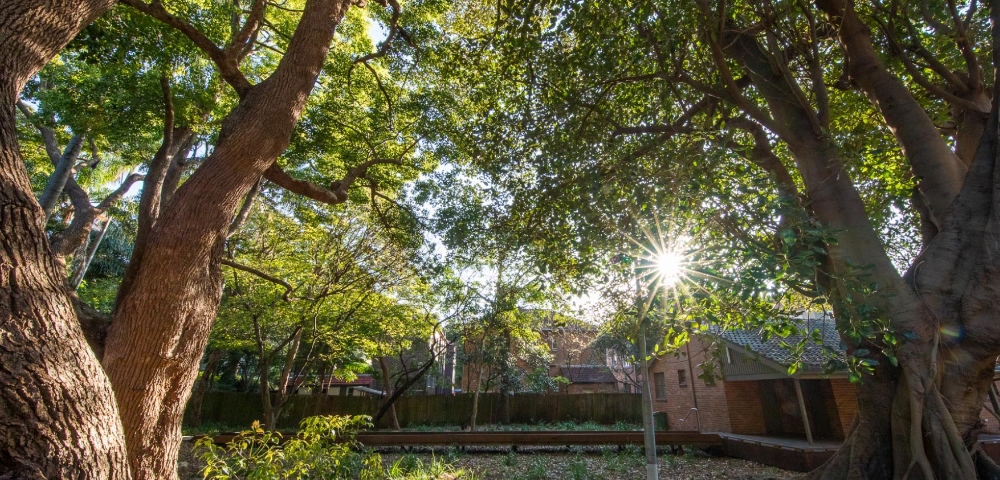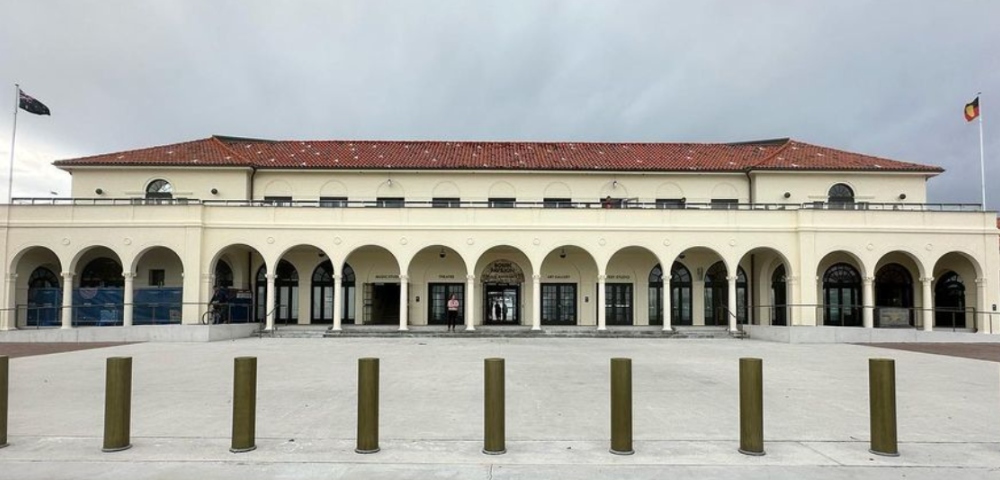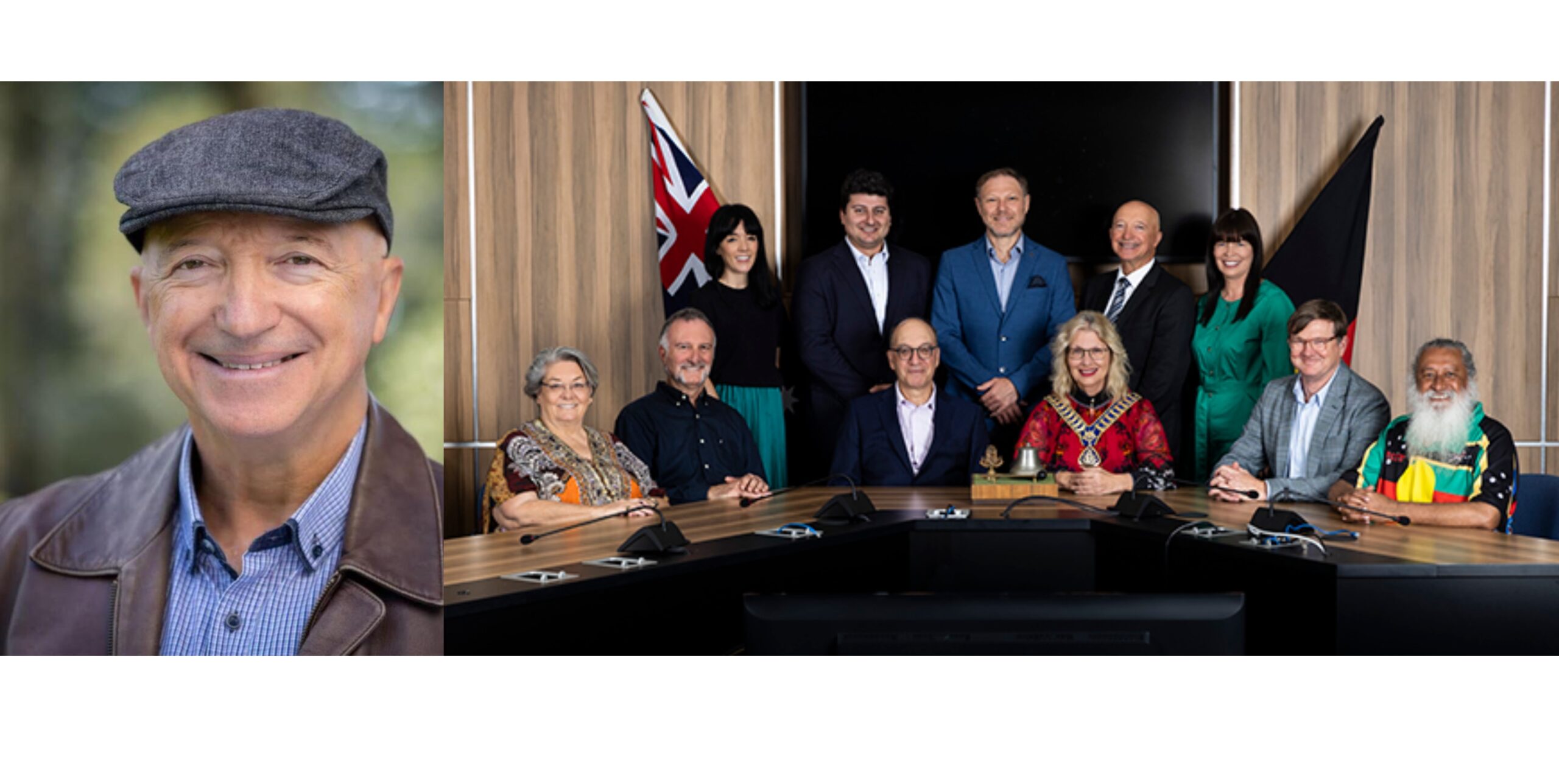
The treasure beneath our feet
BY PETER McCALLUM
With most of the East sitting on sand or bedrock, it’s hardly surprising that early accounts of the busy village of Charing Cross list quarrying amongst its industries.
The largest was alongside what is now Blenheim Street. More widely known was the quarry at Bondi’s Curlewis Street.
So, logically, the eastern villages boasted some of the earliest sandstone buildings. Charing Cross had three out its four churches built of stone; still on view is a tiny sandstone drycleaners. Nearby, there remains an array of Sydney’s finest stone terraces. Sandstone cottages and a few stately homes pepper surrounding suburbs.
Visitors to much of what we now call the CBD used to be staggered by the number and standard of stone buildings, especially in the latter half of the 1800s. The view along Bridge Street comprised a veritable vista of ornate sandstone buildings!
Around the city one would find the Town Hall, the Lands Department with its statues of our great explorers, the General Post Office, the Victoria Markets (now the QVB), the Great Synagogue, St Andrew’s Cathedral, St Mary’s Cathedral, the Treasury, the Department of Education and many significant commercial and financial houses. Later, Sydney gained the enormous and grand Central Railway Station.
But few of these buildings were supplied from the east. Sydney’s great heritage of yellow-block buildings stemmed from the enterprise of Charles Saunders from England’s Devon, who, while still aboard the David McIver, a three masted sailing ship packed with immigrants, was delighted by the sight of entire cliffs of yellow-block stone.
Stone mason Saunders soon discovered that Pyrmont and The Rocks had many stone buildings of beautiful yellow-block, which had simply been cut from beneath nearby sand. Sydney’s streets may not have been paved with gold; the gold was the yellow-block stone beneath their feet! The Pyrmont hill of yellow-block became the source for most of Sydney’s sandstone icons. Bondi’s Curlewis Street quarry was secured by the Saunders family in 1925 to maintain the supply.
But, half a century after that, many of Sydney’s best buildings were showing signs of neglect. The then Public Works Department appointed George Proudman, Master Mason, to arrange a conservation programme for the affected buildings. Proudman succeeded in convincing his department and, remarkably, State Treasury, to set up a team of masons and the Education Department to train apprentices, beginning a TAFE course to ensure best practice.
A recent work of restoration has been the beautiful arched sandstone porch of Bondi Public School in Wellington Street. Next will be the salt-eroded stone pillars of Bondi Beach Public School’s main entrance (pictured). It’s certainly encouraging to see that government somewhere, with little fanfare, is working to ensure that Sydney’s beautiful sandstone heritage is at last being preserved.
Material for this article was derived from an address given by Ron Powell to members of Waverley Historical Society and from the recently published Paradise Purgatory Hellhole by Ron Irving.
Popular Bondi View historical writer John Ruffels returns to the rostrum to address Waverley Historical Society on ‘Spying in Australia’ on Monday, September 8 at 4 pm on the 1st floor of Club Bondi Junction in Gray Street. Visitors admitted free.









